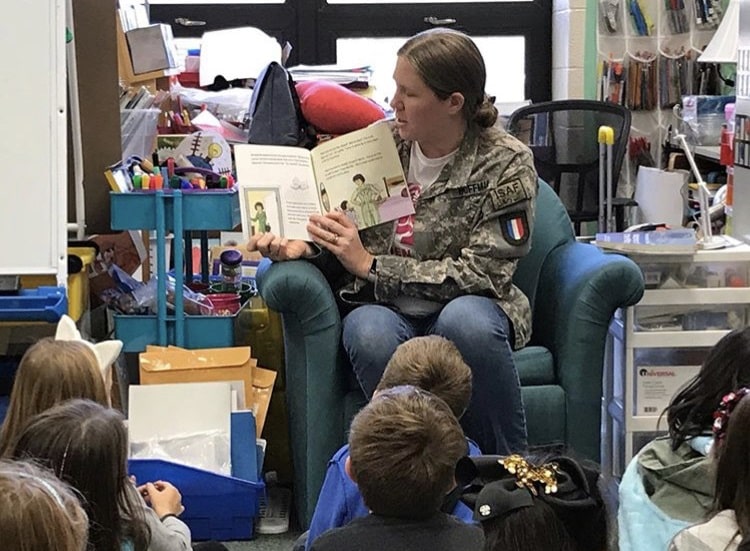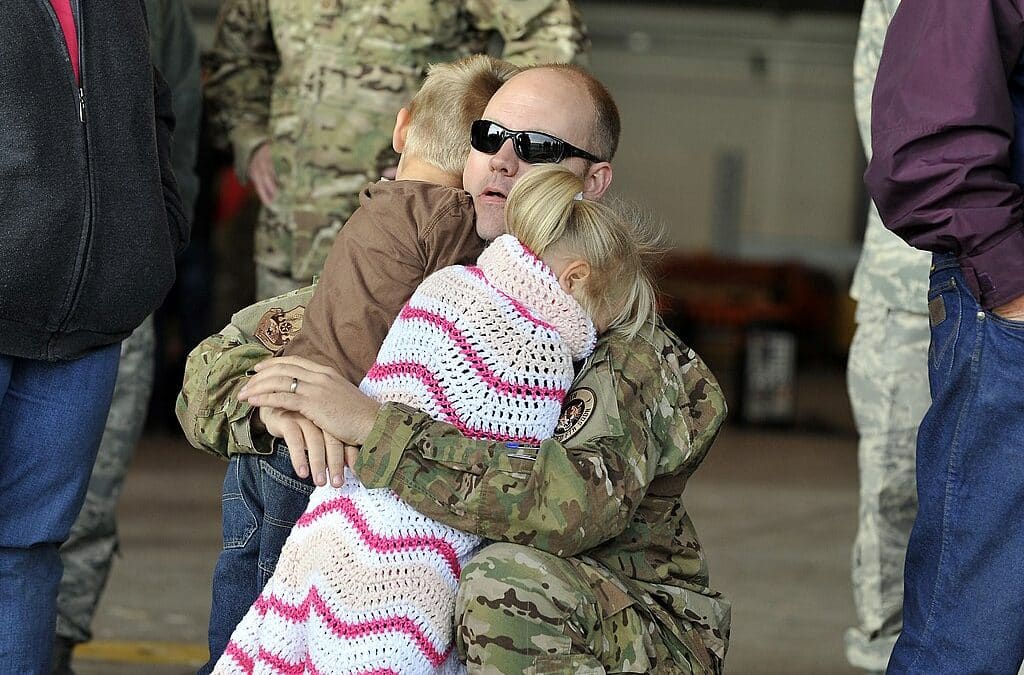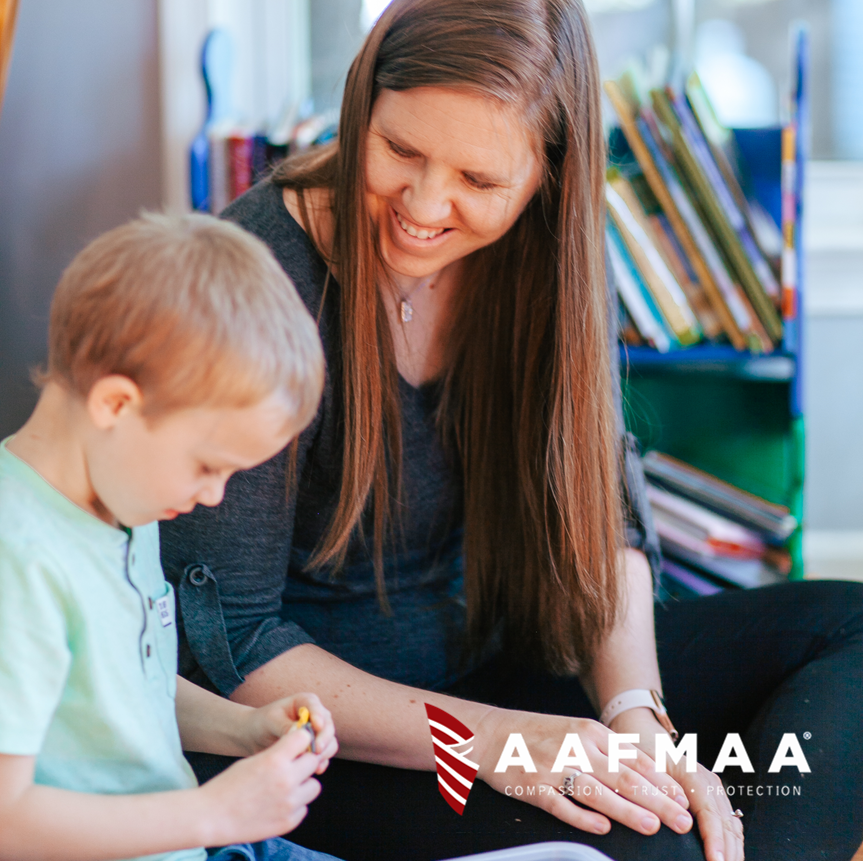By Amanda Huffman
Guest Blogger
It’s no secret that military kids face a lot of different challenges. And while there is a lot of talk about how military kids are resilient, it is also important to acknowledge that military life is hard. And sometimes kids, although resilient, need space to discuss how these challenges make them feel. A great way to open the door to a difficult conversation is by talking about how these tough topics are covered in mainstream media. There are a number of great movies that can help open the doorway to conversations like these. There are so many movies and shows covering different challenges beyond the short list I’m sharing, but these are a few of the ones I have found helpful when talking with my own kids. So, be creative and think of how media can help your kids express feelings and understand emotions surrounding the challenges of military life — or life in general.
One of the hardest parts for me as a military spouse is moving every few years. As my kids grow older, the challenge of moving and saying goodbye to friends also becomes more challenging, and it takes more time for my kids to make new friends. I especially saw this in our last cross-country move. My first grader made multiple friends within the first week of school while my fourth grader struggled to make friends; it took months for him to start to build up his friend group, and he is still working on it today — over six months later.
I think one of the best movies that cover the hard emotions of moving is Pixar’s Inside Out. It’s the story of a young girl and the emotions she carries as she finds out about her family’s upcoming move across the country. Each emotion is personified by a cartoonish representation of that feeling. Having unique characters represent different feelings inside the young girl’s mind is a great story-telling device, which also shows kids the effects of different emotions and how they can be managed. The main emotion, Joy, reminds me a lot of military life. She has an “everything-is fine, be happy!” view of the world. Her approach to difficulties and change is to ignore the pain and just keep moving. And while I don’t want to spoil the ending, one of the biggest takeaways from the movie is realizing that it is okay to be sad. Takeaways like this can also introduce kids to coping techniques such as mindfulness and acceptance.
As someone who served in the military and is now a military spouse, I have often felt a lot of pressure to pick myself up by my bootstraps and just keep pushing forward. Push down the emotions so I can get the mission done. Over time, I have learned that it is okay to be sad. It is okay to have lots of emotions when moving. It is okay to feel like everything is falling apart.
And one of the best ways I have learned to help my kids is to talk about those big tough emotions and to let them be where they are without trying to “push down” the emotion unhealthily or letting the emotion take complete control.

No matter what emotion or emotions is being felt: . Anger, sadness, disappointment, excitement — showing your child that it is alright to understand and express emotions without either ignoring them on one hand or letting them run amok on the other. Emotions can be all over the place. It is important to acknowledge them and take the time to discuss how your child feels and let them know it is normal. You can also share your own emotions. Having parents take the lead in sharing how they feel about an assignment can help kids express their emotions in healthy ways. And talking about how you feel is good for you, too.
If we dive even deeper into the topic, we can discuss one of the hardest parts of moving, which is saying goodbye to friends. Saying goodbye to friends can be really painful. I didn’t realize how much saying goodbye to friends was affecting my then eight-year-old until we were watching Spiderman No Way Home, and I saw him crying. I’m the one who normally cries in movies, and for him to be the one crying, I knew that this story really resonated with him. After the movie, we talked about the emotions Peter Parker (a.k.a. Spiderman) was feeling. What was different about Peter’s situation and my son’s?
My son showed me how much it hurt to say goodbye to friends. And when we talked about different friends we had to say goodbye to, I was often surprised by which friends he mentioned — people I had long forgotten about he still remembered, and he cherished the time they had spent together.
While talking about movies, which are stories, I would be remiss not to mention multiple other resources for military children. There are a number of great children’s storybooks specifically targeting or highlighting the military experience. I personally love the Captain Mama series. It has opened a door to me for sharing my experience as a woman who served in the military. I also love children’s books that feature kids facing challenges such as having to say goodbye, having to move, or missing a parent who deploys or leaves for an extended period of time for training. Books like these are great resources, and they are tailored for kids, often military kids, and that often makes them a great resource for opening a doorway to a conversation.
But this is just the tip of the iceberg when it comes to movies and books that can help your kids open up and talk about the challenges they are facing. What other resources are out there that you have found helpful when looking for ways to talk about the hard things in military life that kids face?

Amanda is a military Veteran who served in the Air Force for six years as a Civil Engineer who served on a combat deployment with the Army in Afghanistan. She traded in her combat boots for a diaper bag to stay home with her two boys and follow her husband’s military career in the Space Force. Amanda is the host of the Women of the Military podcast. There she shares the stories of women who have served or are serving in the military. The podcast has over 200 episodes and over 100K downloads. Amanda is also an author and has published two books. Her first book, Women of the Military tells the stories of 28 military women who served in the military. Her second book, A Girl’s Guide to Military Service, is the IBPA Benjamin Franklin Gold Winner for Teen Non Fiction. It is a guide for high school girls considering military service to help them build a strong foundation for their future career. She also works as a freelance writer and has been featured in a number of military publications including The War Horse, Military.com, Military Families Magazine, Clearance Jobs, Military Spouse Magazine, and more.



